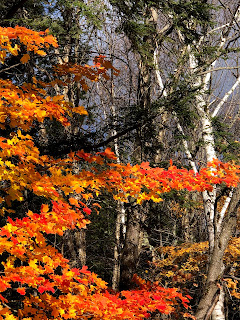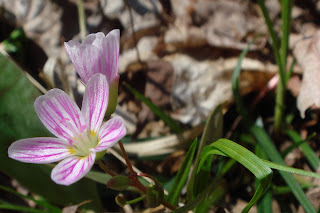As life unfolds, some chapters close while others open. In April I held my ‘last’ natural history and photography retreat. I have been involved with this venture for three years, providing weekend retreats to both novice and avid photographers and to those who enjoy nature. The delight I feel in sharing nature with others has been satisfying and has fuelled my own enthusiasm and curiousity. This article is a tribute to the eight individuals who participated in this most recent adventure.
Let me introduce you to the group. Nellie, a long time friend came for her first retreat and I was honoured to have her creative spirit as a cornerstone in the group. Janice is a relatively new friend, the first person who ever signed up for my retreats when I didn’t even know what I would be doing. We have since developed a valued friendship which I cherish. Judy was on her third retreat with me and we too have developed a special bond. She brought Kelsey, who was now on her second retreat and we have also maintained contact. I was privileged to attend her solo photography show in March of this year. Judy also invited me to speak at her woman’s group and there I met Bonnie, who practically signed up on the spot. Her enthusiasm was electric. And then there was Lee; she wanted to give the retreat as a gift to her daughter, Sara. Sara provided her own expertise willingly, teaching all of us about the vegetation and delighting us with her photographic forays ‘outside of the box’. I met Ron at an organizational dinner where we talked about what we each did. He registered and then surprised me with his girlfriend, Karen, who was going to be in Toronto, from Calgary, on our retreat weekend. He specifically noted that Karen wasn’t a photographer and would like to enjoy the scenery and some books. Well, she offered surprises as demonstrated by her photo accompanying this column. And so Ron was surrounded by two harems. He didn’t flinch and was a good sport.
These eight people became a group immediately. It seems that with like-minded people, those who love both people and nature, the fit is usually easy. It reminds me of my previous career in Social Work when I was involved in group dynamics. There are stages of group development and as I am experienced in this area, I try to be sensitive to the needs of both the individuals and the group. The group was cohesive but they were also individuals. My mantra was ongoing, ‘Where’s Sara?’, ‘where’s Kelsey?’, where’s Janice?’ On her third retreat, I knew that Janice was familiar with the trails, but still I like to know everyone’s whereabouts.
I focused primarily on macro photography and continually searched for Spring wildflowers. Unfortunately, the weather didn’t co-operate and cold damp, rainy weather prevailed for all of Saturday. We did see the dappled leaves of the Trout Lily but the charming yellow bell-like petals eluded us. Nor did we see a Spring Beauty or Dutchman’s Breeches, early harbingers of Spring. But despite the lack of wildflowers, and the inclement weather, there were wonderful photographic opportunities created by early morning frost, rainwater turned to ice and intriguing reflections.
This column is a tribute to eight special people who became a special group. I have chosen one photograph from each person as testimony to their curiousity, creativity and learning process. As all of us critiqued the work of the others, there were certain photos that ‘spoke’ to each of us. I have chosen my personal favourites. To each of you, thank you for allowing me to share a wonderful weekend with you, learning, sharing , inspiring and growing together as photographers and as people.





















